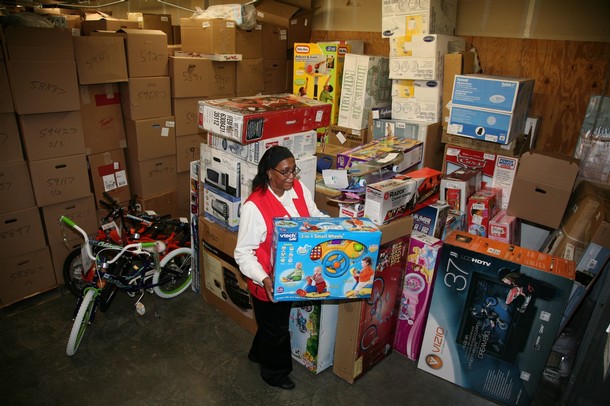No one’s falling for that line anymore, especially not retailers. Realizing that their customers have maxed out their existing credit cards (and the daily barrage of new offerings has stopped), K-Mart, Sears, TJ Maxx and other large national retailers are bringing back an old favorite: layaway.
Back when Lyndon Johnson was president, credit cards barely existed. Store credit was so rare that shoppers would choose what they wanted to buy, then the store would hold it, charge a down payment and collect weekly payments thereafter. After you paid in full, whatever you bought was finally yours to take home.
Like a prepaid phone card or credit card, layaway can help you reduce your consumer debt (while returning society to a cash-based economy.)
In college, I was the #1 customer of my employer, a now-defunct retailer. Sheets, towels, dishes & clothes all went into a big bag at the back of the store. I would visit my purchases when I made my weekly payment.
Today you can even layaway online, layaway your vacation or even lay diapers away.
If you miss a payment, the store will charge you a fee and the put the items back in inventory. With layaway, unlike a credit card, there’s no downside to the retailer-no chargebacks or defaults. The responsibility and consequences belong to the consumer, and that sounds about right to me.







